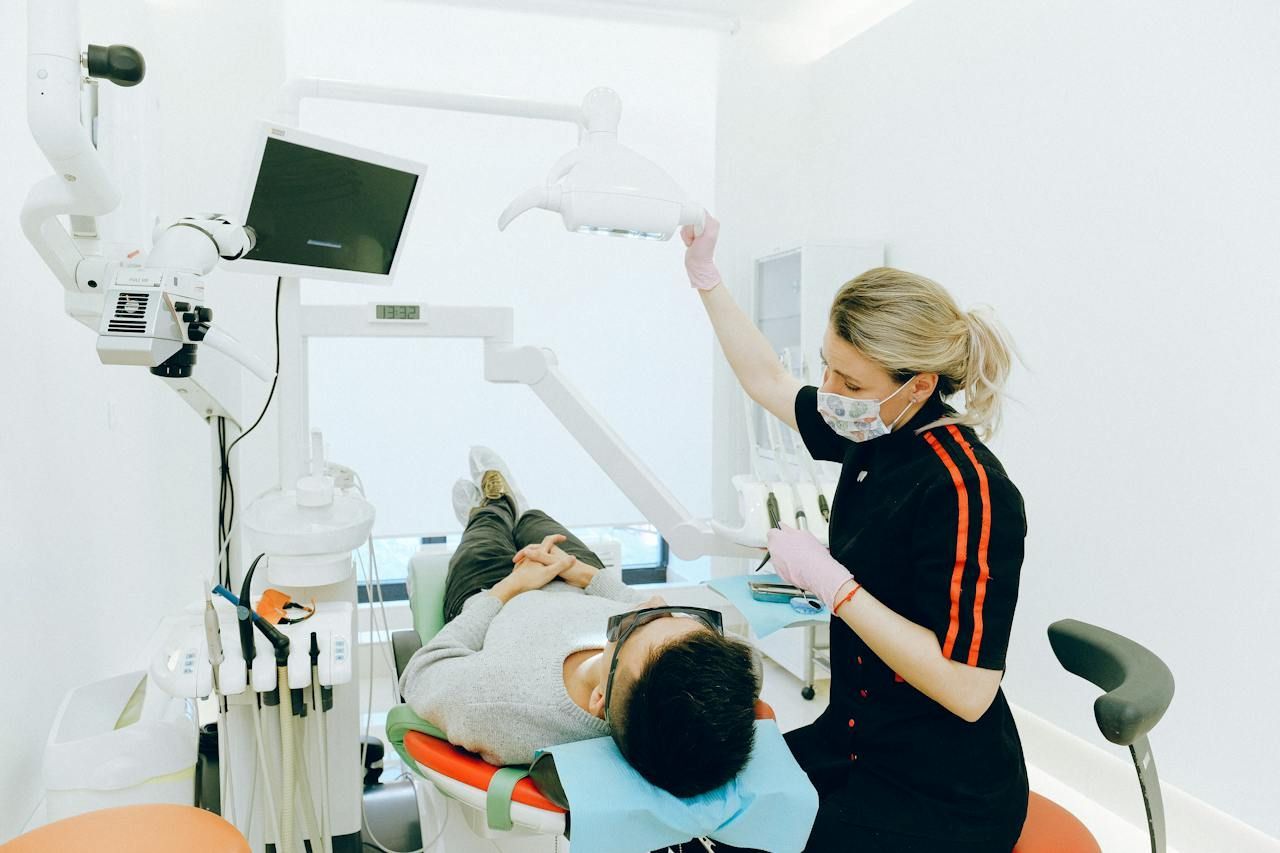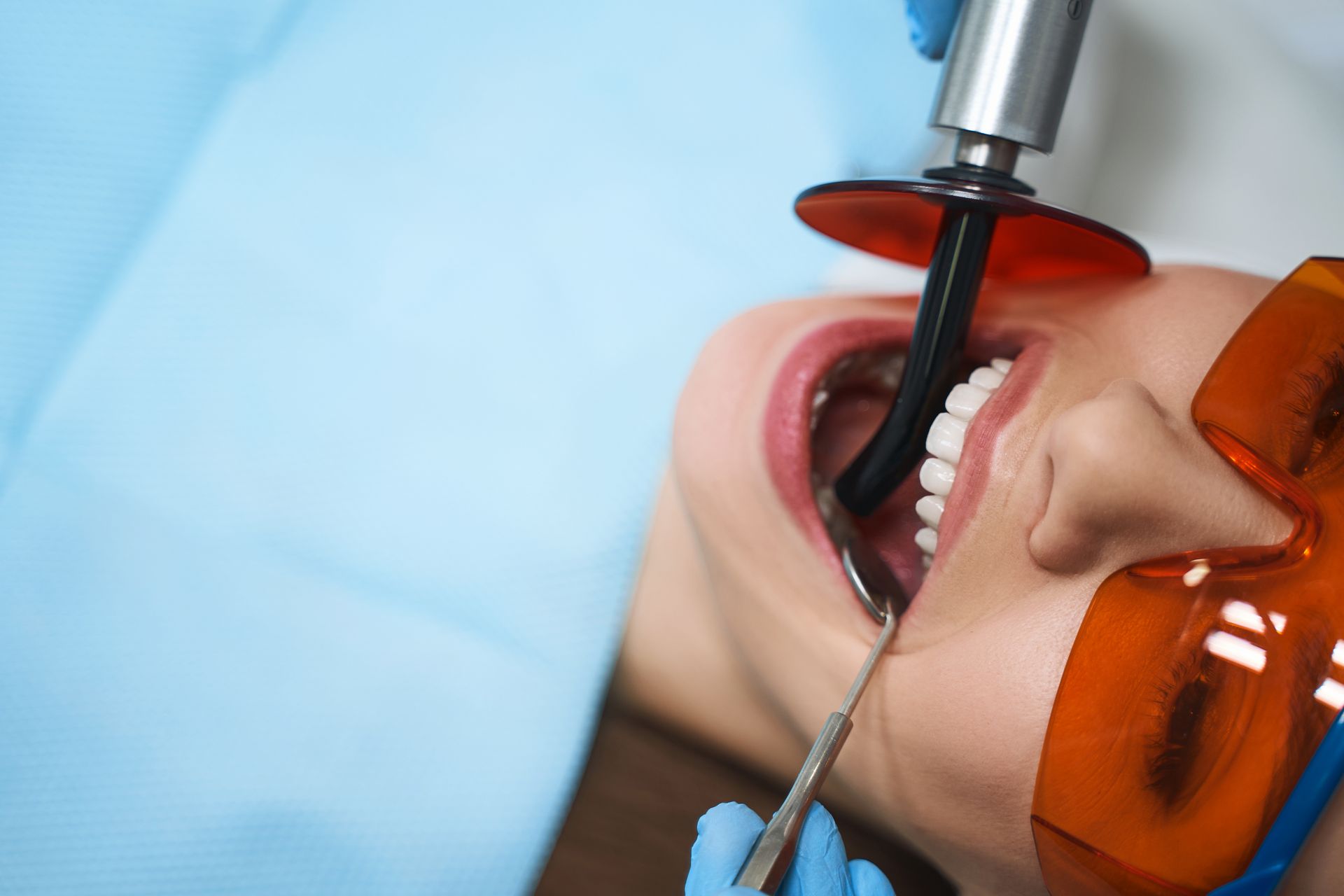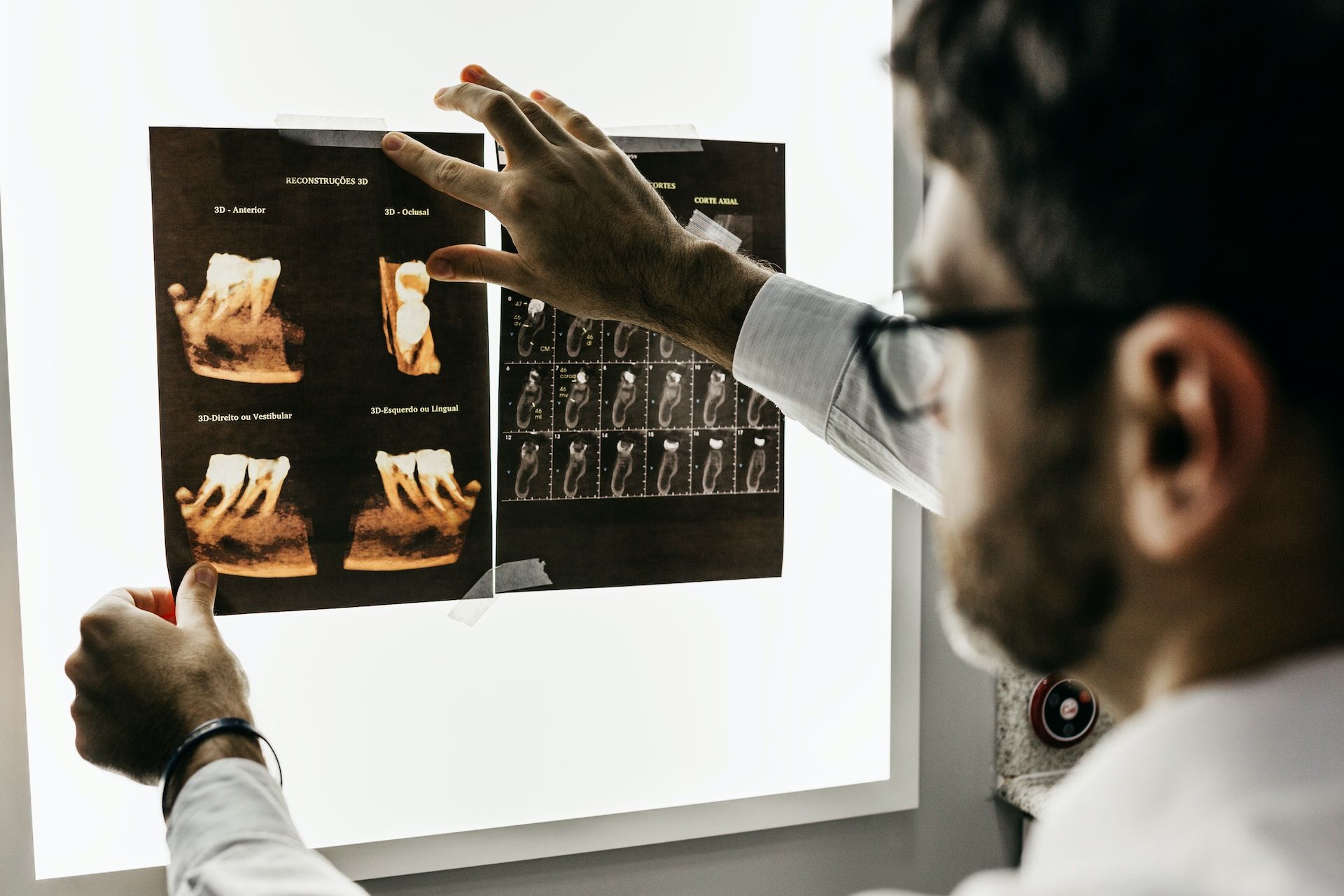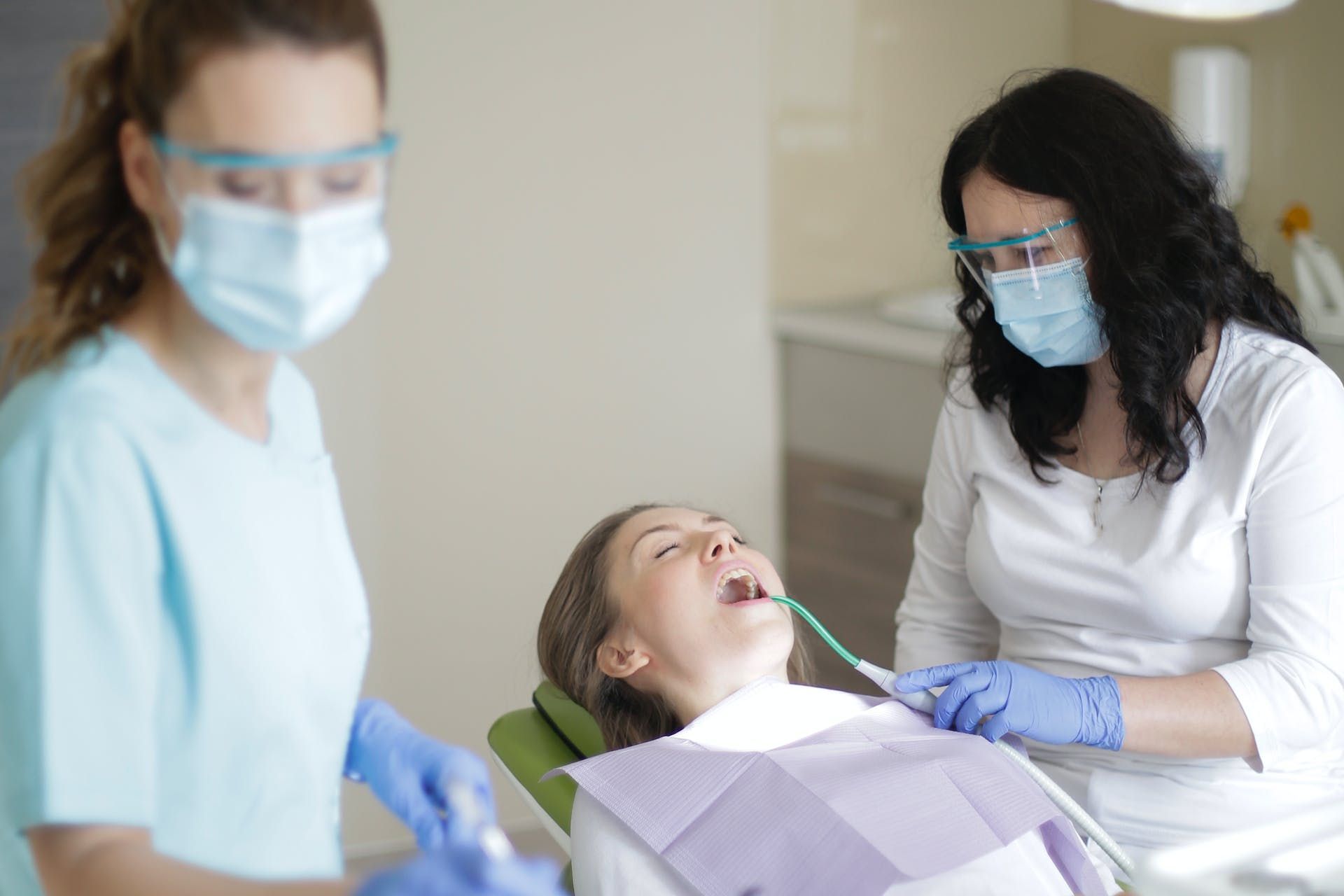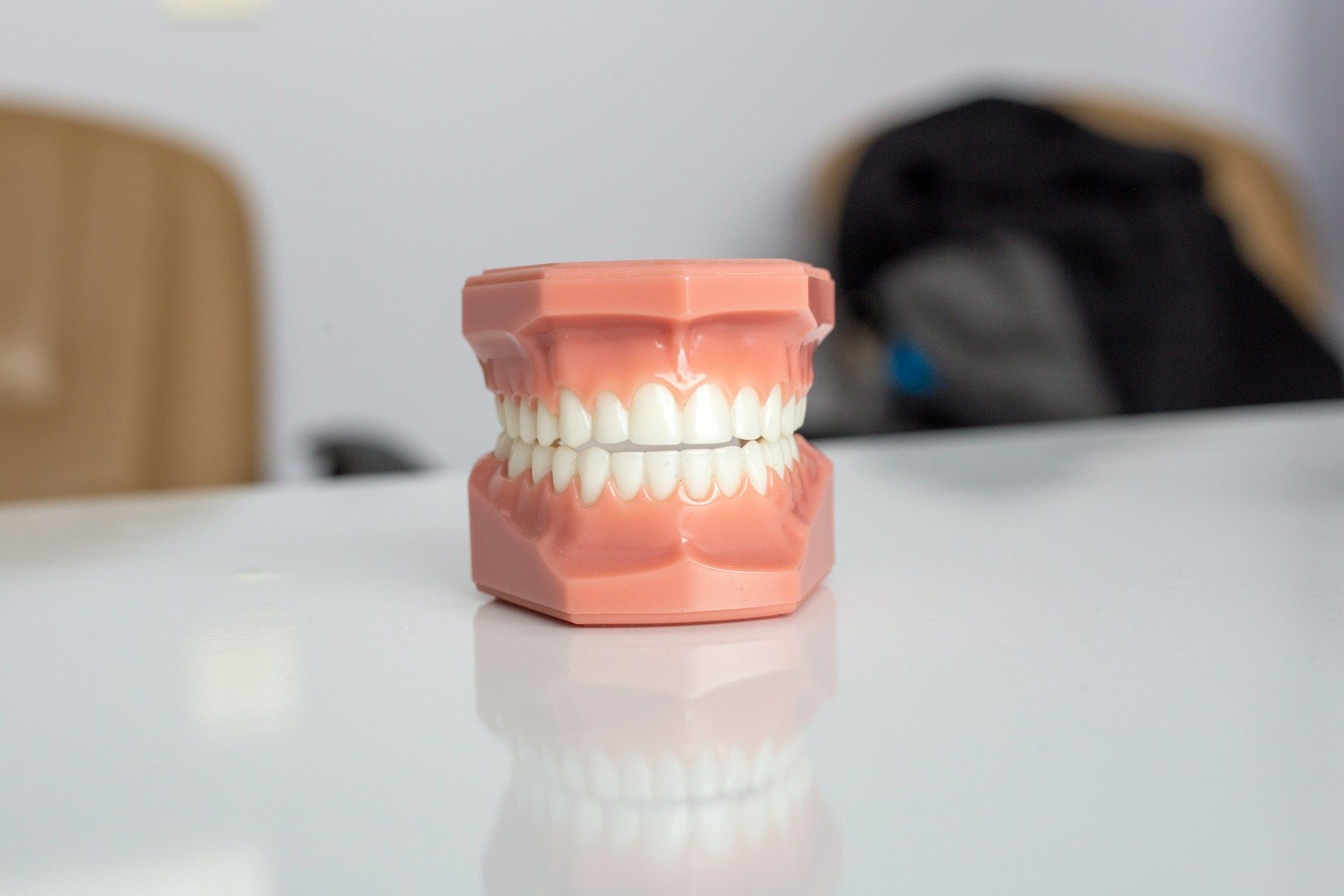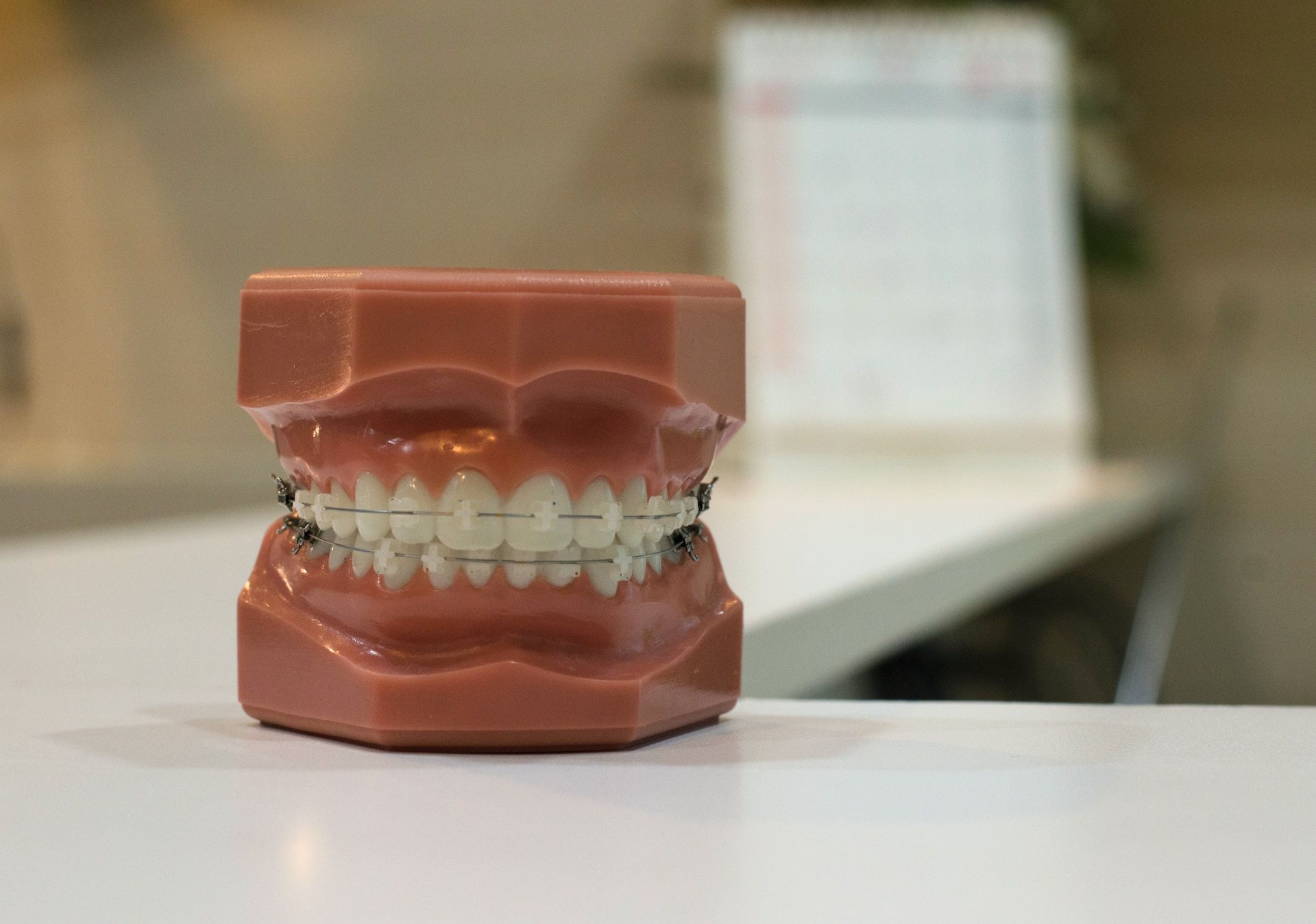Understanding the Procedure for Broken Tooth Extraction
It can be inconvenient and painful to have a tooth damaged. It can impact your eating habits, speech patterns, and even self-esteem.
In some instances, a broken tooth can lead to an infection or other dental problems if left untreated. In such cases, the dentist may recommend a broken tooth extraction.
Understanding the procedure can help ease any anxieties and prepare you for the process. Continue reading to learn more.
Consultation and Examination
The first step toward a broken tooth extraction is a consultation with a dentist. The dentist will examine the tooth and assess the damage's severity during this session.
An X-ray may be taken to assess the root and surrounding teeth. This will help the dentist determine the best course of action for treatment.
Anesthesia
Once the dentist has determined the best course of action, the next step is to administer anesthesia. This will help numb the area and reduce any pain or discomfort during the procedure.
There are different types of anesthesia, including local anesthesia, sedation, and general anesthesia. The type will depend on the extent of the extraction and the patient's medical history.
Tooth Extraction
The broken tooth extraction procedure begins with the dentist using a specialized tool to loosen the tooth from the gum. They will then carefully remove the tooth from the socket. In some cases, the tooth may need to be broken into smaller pieces to make the extraction easier.
This is common for teeth that have multiple roots or are impacted. The dentist will then clean the area to prepare it for healing.
Post-Extraction Care
After the broken tooth extraction, the dentist will provide post-extraction care instructions. This may include avoiding hard or crunchy foods and smoking for the first few days.
The dentist may also prescribe pain meds or recommend over-the-counter pain relievers. It is important to follow these instructions to ensure proper healing and prevent complications.
Recovery
Depending on the situation and the person's healing process, the recovery time following a damaged tooth extraction can vary. Pain, swelling, and bleeding are common during the first few days.
Rest is necessary, and arduous activity should be avoided. The dentist might arrange a follow-up consultation to check on the healing and, if required, remove any stitches.
Alternatives to Broken Tooth Extraction
In some cases, broken teeth can be repaired without the need for extraction. Dental bonding, veneers, and crowns are all options that may be considered depending on the extent of the damage.
It is important to discuss these options with your dentist to determine the best course of action for your individual case.
Prevention of Broken Teeth
Preventing broken teeth can be as simple as practicing good oral hygiene, avoiding hard or crunchy foods, and wearing a mouthguard during physical activities. Regular dental checkups can also assist in identifying and treating any dental problems before they worsen.
By taking these preventative steps, you can lower your risk of breaking a tooth and needing to have it extracted.
Complications
While complications after a broken tooth extraction are rare, they can occur. These may include bleeding, infection, or dry socket. When the blood clot that develops at the extraction site dissolves before the socket has an opportunity to heal, a dry socket results.
This can be uncomfortable and might need more medical attention. It is important to follow post-extraction care instructions to prevent complications.
Conclusion
A broken tooth extraction may seem daunting, but it is a common procedure that can help alleviate pain and prevent further dental problems. So if you are experiencing a broken tooth, it is important to seek dental treatment promptly to prevent further damage and potential complications.
Do you need urgent
broken teeth extraction? Come to Dr. Kay Kalantari Kennesaw Braces + Cosmetic Dentist for top-quality dental care!
Our dental clinic is dedicated to helping Kennesaw residents get the dental care they need, whether it's cosmetic treatment, gum issues, or emergencies like broken teeth. Contact us now to book your appointment!









